Old Shanghai was a place where people from many origins came to, including architects. Added with a long construction boom, this created the patchwork of architectural styles that is still visible today. The most famous architect firms of Old Shanghai were Brits Palmer & Turner, French Vesseyre, Leonard & Kruze and Hungarian Hudec Laszlo. Besides them smaller firms such Minutti (Switzerland), Gonda and Matrai (Hungary), Atkinson & Dallas (US). There was also a number of Chinese architects that designed buildings mostly from the 20s, including Poy Gum Lee.
A new one has recently got a lot of attention, Spanish architect Abelardo Lafuente. Thanks to the research of Shanghai-based Spanish architect Alvaro Leonardo, Abelardo Lafuente’s work and story was uncovered, carefully stored in Spain within Lafuente’s personal stuff.
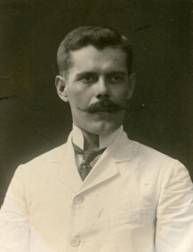
Abelardo Lafuente was born in Madrid in 1871. Following his father who became the municipal architect of Manilla, he moved to the Philippines with wife and kids. Abelardo also became an architect in Manilla but most of his work was done in Shanghai after moving in 1913. He quickly made a partnership with G.O. Wooten, introducing “Mozarabic” or Moorish-Andalusian style to Shanghai. Only few of those buildings still exist, including the former Star Garage on Nanjing Xi Lu (picture further down) and the former Jewish Club next door. The master piece of the style is surely the Andalusian villa on Du Lun Lu, that is still standing.
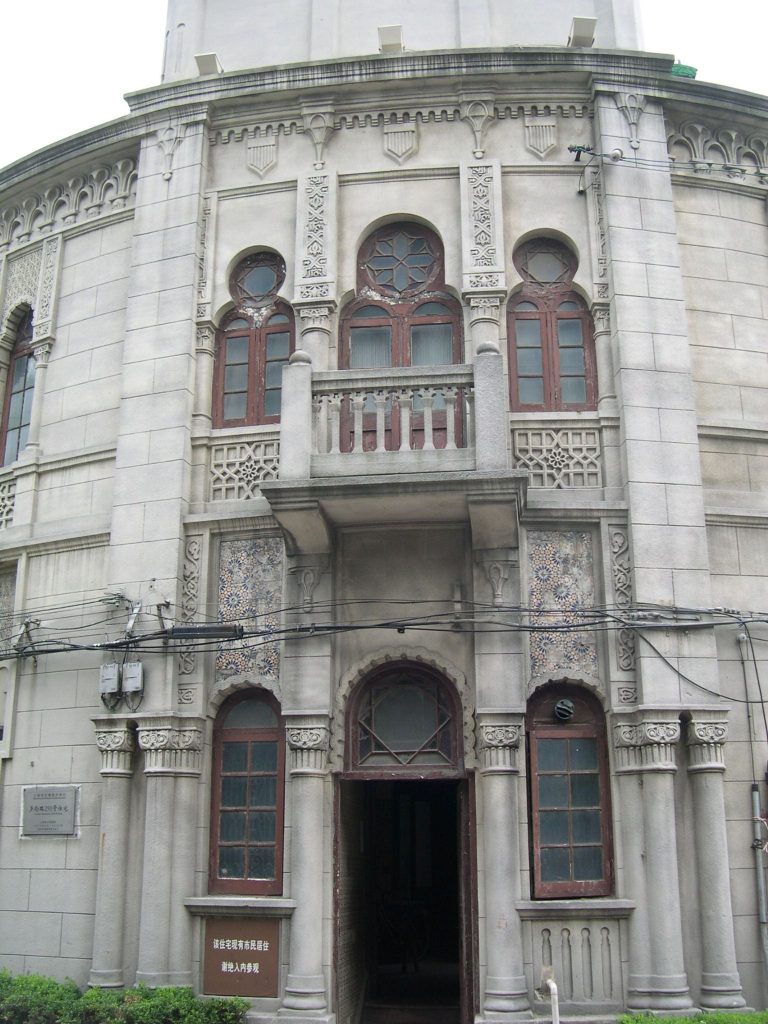
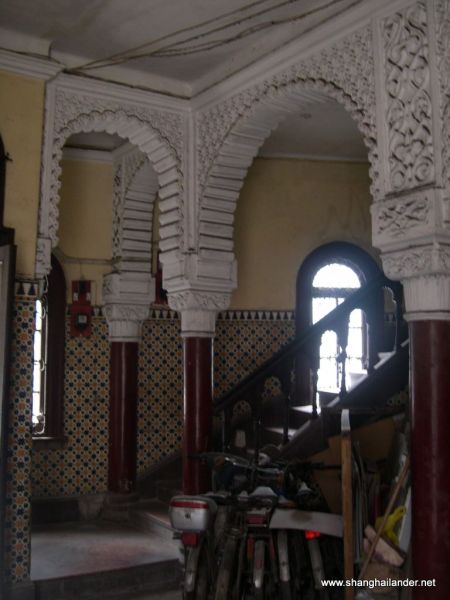
Abelardo Lafuente then operated alone and was in great demand for interior design, creating the ball room of several hotels. He worked for Kadoorie family Hong Kong and Shanghai Hotel Company, designing one of the extension in 1917 of the Astor House Hotel and then renovating it in 1923 (this can still be visited). He also carried a major transformation of the Majestic Hotel on Bubbling Well Road in 1923 (around of the same place as current CITIC Square on Nanjing Xi Lu).
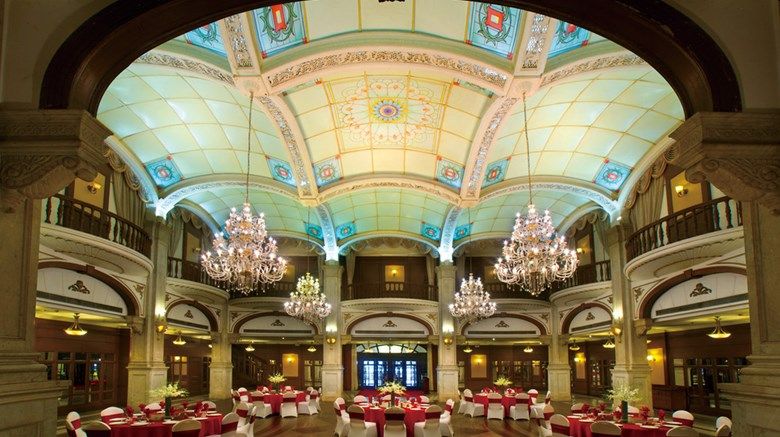
Being the only Spanish architect in town, he also made a design for the Jai Alai building in the French Concession at the corner of Avenue Joffre (Today corner of HuaiHai Lu and Shaanxi Lu, at the place of the Paris Spring shopping mall), although it is not confirmed if his design was finally constructed. Lafuente also created film theaters for the Spanish business man Antonio Ramos who introduced cinema to Shanghai and a few villas including the former Soong villa, today’s home to Sasha’s restaurant at the corner of Avenue Pétain and Rue Francis Garnier (today HengShan lu and Dong Ping lu).
When Lafuente went to the USA in 1927, one of his draftman, Russian architect Alexander Yaron, was made partner and kept the office running. Although Lafuente designed buildings in the USA, the 1929 crisis stopped his effort there. Without much money, he tried to return to Shanghai, first stopping in Mexico and finally reaching Shanghai in 1931. He died only a few months later of pulmonary disease probably caught in Mexico.
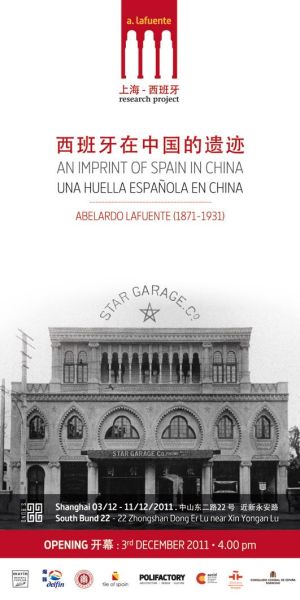
Abelardo Lafuente’s style was unique in Shanghai. An exhibition about him and his work in Shanghai was organised at South Bund 22 in December 2011. It was organised by Alvaro Leonardo and the Spanish Cultural Center in Shanghai. Details are provided in the invitation on the left hand side.
More recent information about Abelardo Lafuente can be found on the page of the Abelardo Lafuente research project page.
Abelardo Lafuente’s supporters work helped increase his fame back in Spain, as shown by a large article in major newspaper El Pais. Here is a map with all the major work from Lafuente in Shanghai.
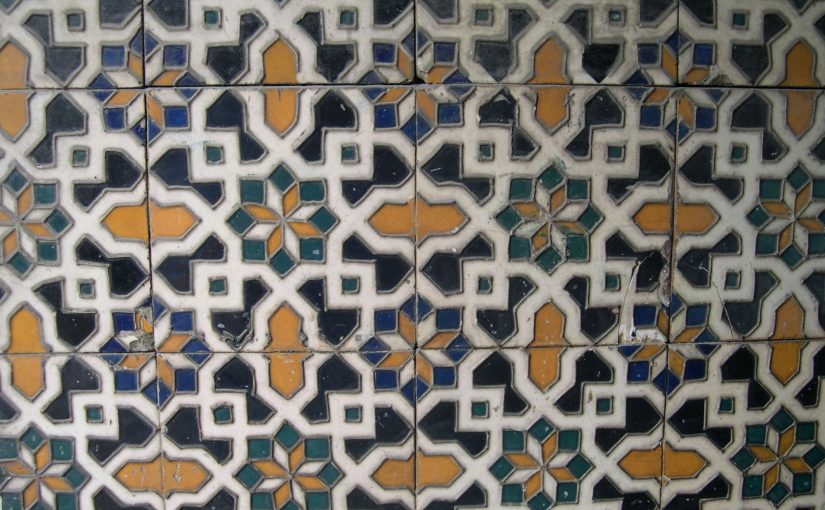
7 thoughts on “Abelardo Lafuente, Shanghai Spanish architect”